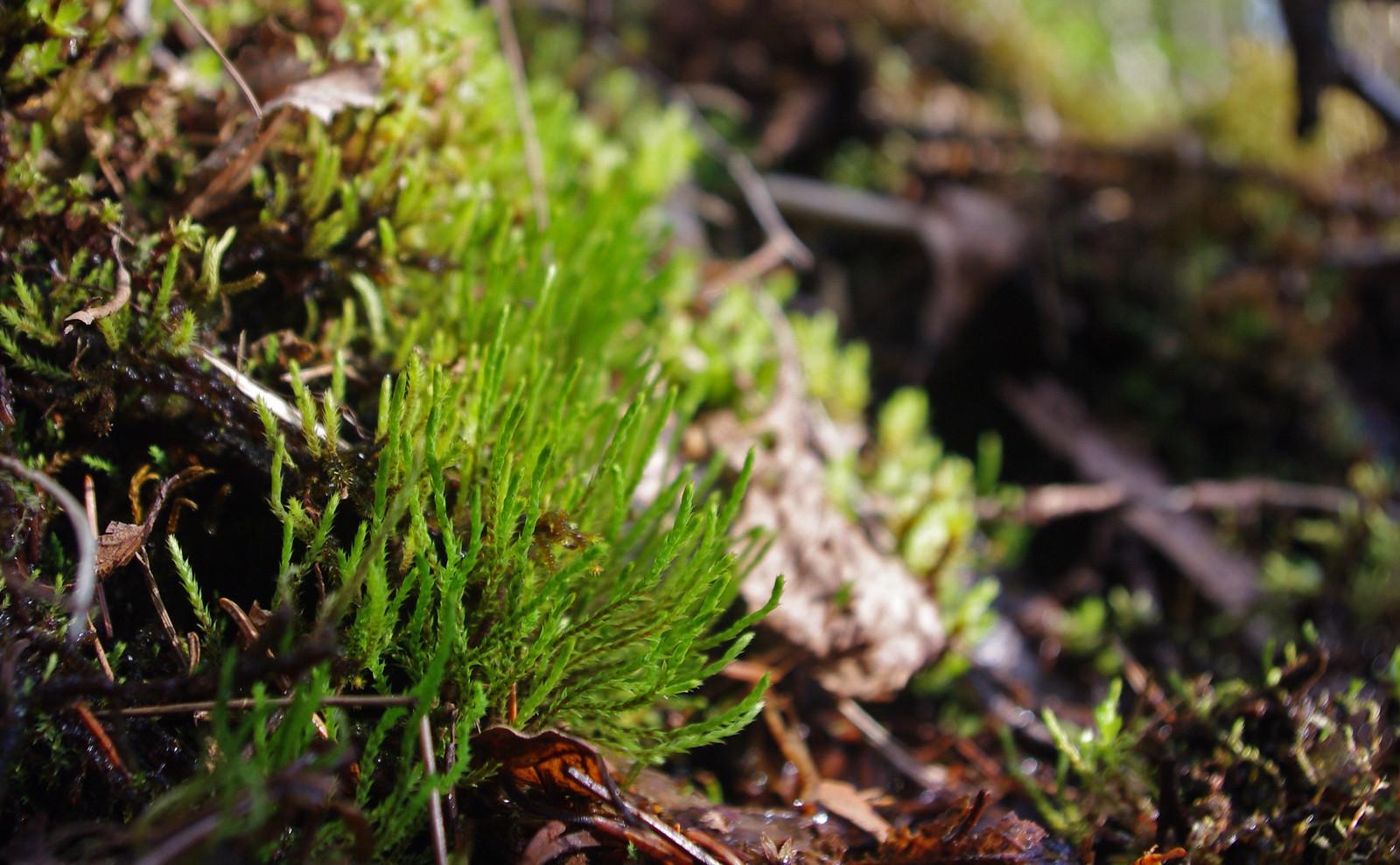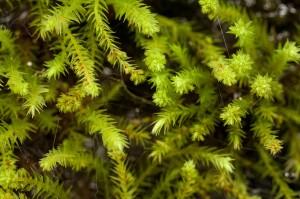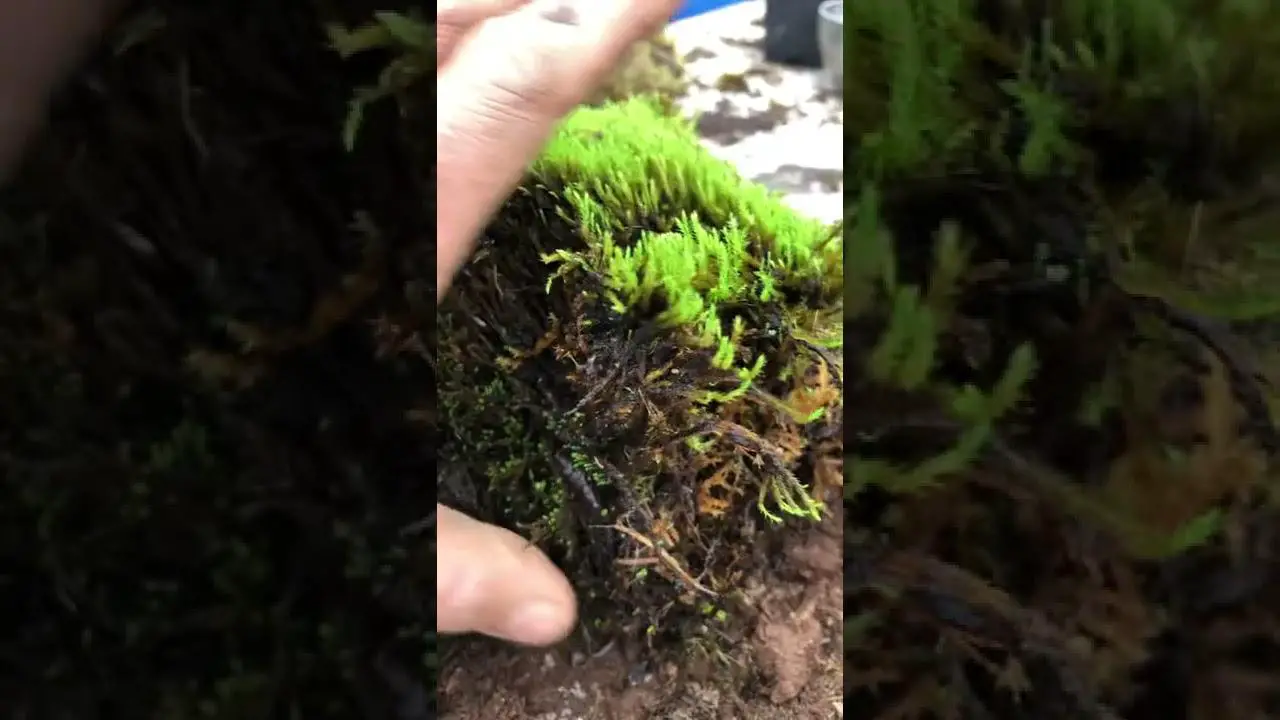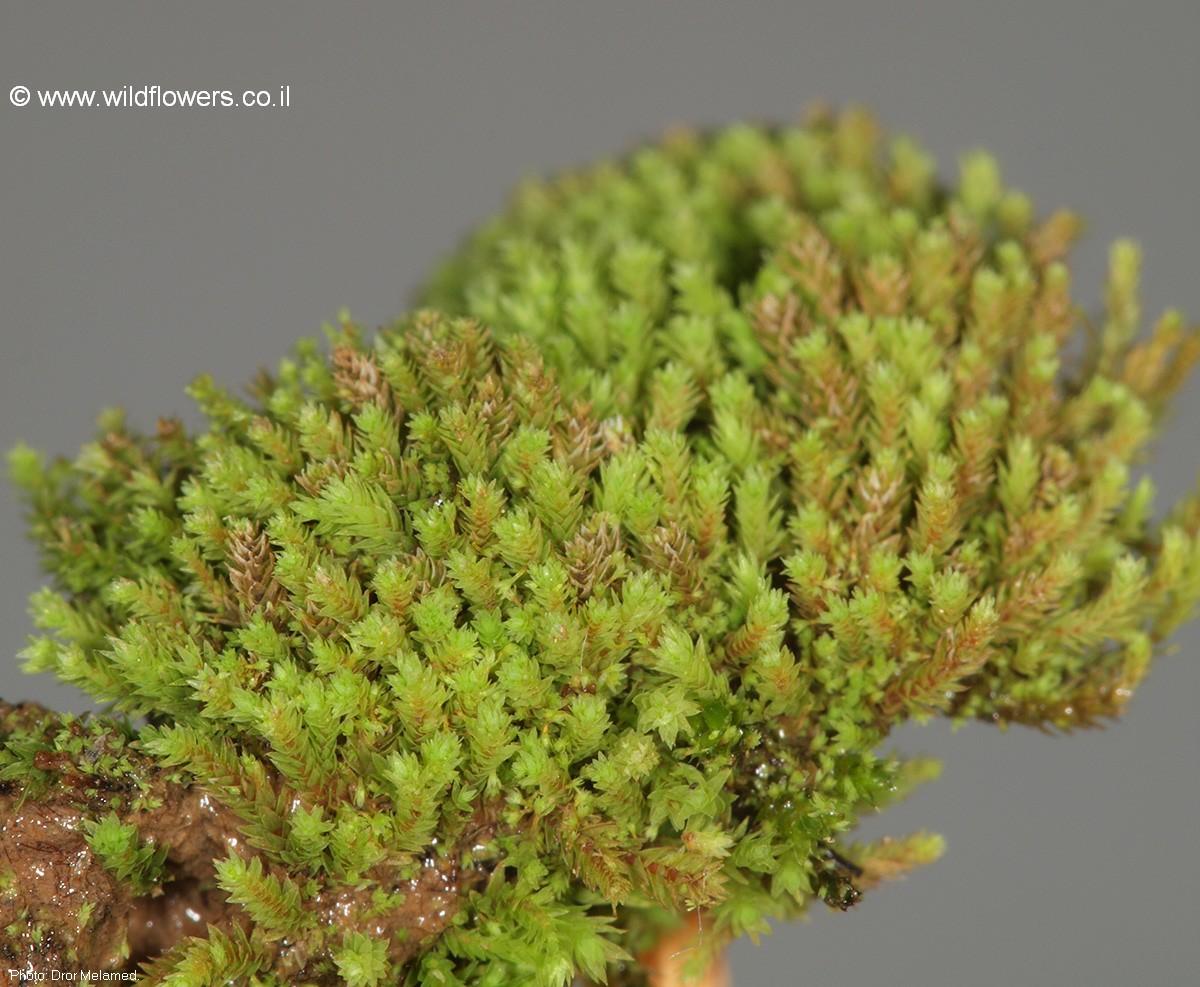
39470890510_e250b10294_h.jpg from: https://www.flickr.com/photos/126598284@N05/albums/72157695358984615
Introduction
In the vast and captivating world of bryophytes, one particular moss stands out for its unique charm and ecological significance – the Philonotis Brid. moss, belonging to the Bartramiaceae family. Often referred to simply as Philonotis, this unassuming yet remarkable plant has captured the hearts of moss enthusiasts worldwide.
Background
Before delving into the intricacies of Philonotis, it’s essential to understand the broader context of bryophytes. These non-vascular plants, which include mosses, liverworts, and hornworts, are among the oldest land plants on Earth. They play a crucial role in various ecosystems, acting as pioneers in colonizing new environments and contributing to soil formation and moisture retention.
Main Content
Morphology and Identification
Philonotis is a genus of acrocarpous mosses, meaning their sporophytes (spore-bearing structures) grow at the tips of the main stems. These mosses are characterized by their erect, unbranched stems and lanceolate to oblong-lanceolate leaves. The leaves often exhibit a distinctive costa (midrib) that extends beyond the leaf apex, forming a short awn or hair-like projection.
One of the most striking features of Philonotis

Philonotis-marchica-2-300×199.jpg from: https://ohiomosslichen.org/moss-philonotis-marchica/
is its golden-green to yellowish-green coloration, which can sometimes take on a reddish hue. This vibrant hue is a result of the moss’s ability to produce specialized pigments that protect it from harmful UV radiation.

maxresdefault.jpg from: https://www.youtube.com/watch?v=rKENXJ6lG-o
Global Distribution and Habitat
Philonotis is a cosmopolitan genus, meaning it can be found on almost every continent. These mosses thrive in a wide range of habitats, from moist and shaded areas to wetlands, stream banks, and even disturbed sites like roadside ditches.
In temperate regions, Philonotis species are commonly found in moist, acidic environments, such as bogs, fens, and swamps. They often form dense mats or cushions, creating a lush and verdant carpet on the ground or on decaying logs.

3258-l-2.jpg from: http://www.wildflowers.co.il/hebrew/picture.asp?ID=19286
thumbnail.php from: https://davesgarden.com/guides/pf/go/72702/
Ecological Roles and Adaptations
Despite their diminutive size, Philonotis mosses play a vital role in their respective ecosystems. They contribute to soil formation and moisture retention, creating favorable conditions for other plants to establish themselves. Additionally, these mosses serve as microhabitats for various invertebrates, providing shelter and food sources.
One of the remarkable adaptations of Philonotis is its ability to withstand desiccation (drying out) and rapidly rehydrate when moisture becomes available. This trait allows the moss to survive in environments with fluctuating water levels, making it a resilient and adaptable species.
Case Studies/Examples
In the Pacific Northwest region of North America, Philonotis fontana (fountain apple moss) is a common sight along streams and seeps. Its vibrant green hues and cushion-like growth form create a striking contrast against the surrounding vegetation, making it a favorite among moss enthusiasts and nature photographers alike.
Another notable example is Philonotis capillaris, a widespread species found in Europe, Asia, and North America. This moss is often used in ecological restoration projects, as it helps stabilize soil and create favorable conditions for other plant species to establish themselves.
Technical Table
| Species | Distribution | Habitat | Distinguishing Features |
|---|---|---|---|
| Philonotis fontana | North America, Europe, Asia | Streams, seeps, wet rocks | Golden-green color, erect stems, lanceolate leaves with a long awn |
| Philonotis capillaris | Widespread across multiple continents | Moist, acidic environments | Yellowish-green color, oblong-lanceolate leaves with a short awn |
| Philonotis marchica | Europe, Asia, North Africa | Wetlands, bogs, fens | Reddish-brown color, lanceolate leaves with a long awn |
Conclusion
The Philonotis moss, with its vibrant hues and resilient nature, serves as a testament to the beauty and complexity of the bryophyte world. Whether you’re a seasoned moss enthusiast or a curious nature lover, exploring the intricate details and ecological significance of this genus is sure to leave you in awe. As you venture into the realm of Philonotis, ponder this thought-provoking question: How can we better appreciate and protect these unsung heroes of the plant kingdom, whose contributions to our ecosystems are often overlooked?